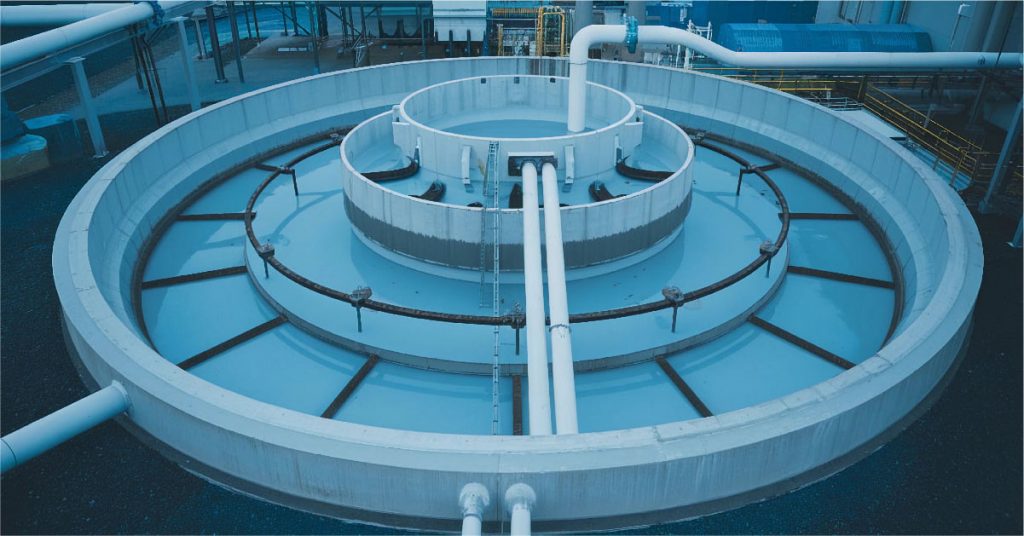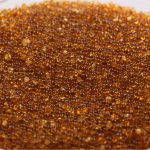The ion exchange process is a fundamental component of modern water treatment systems, offering an effective method for removing contaminants and enhancing water quality. It is widely used in residential, industrial, and municipal applications to address challenges such as water hardness, salinity, and the presence of harmful ions.
This blog explains the ion exchange process, its principles, and its role in water treatment systems, providing a clear understanding of its significance and functionality.
Table of Contents
ToggleWhat is the Ion Exchange Process?
The ion exchange process is a chemical technique used to replace undesirable ions in water with more desirable ones through the use of synthetic resins. These resins are specially designed to attract and hold ions from water while releasing their ions in return.
The ion exchange process in water treatment is highly versatile and is commonly applied to soften water, remove contaminants, and purify water for specialized industrial uses.
The Principle of Ion Exchange
The ion exchange process operates on a simple principle: ions are exchanged between a liquid (water) and a solid (resin) based on their charge. Resins are classified into two main types:
1. Cation Exchange Resins
- Target positively charged ions (cations) such as calcium (Ca²⁺), magnesium (Mg²⁺), and sodium (Na⁺).
- These resins replace unwanted cations in water with hydrogen (H⁺) or sodium ions.
- Example: Softening hard water by exchanging calcium and magnesium ions with sodium ions.
2. Anion Exchange Resins
- Target negatively charged ions (anions) such as chloride (Cl⁻), sulfate (SO₄²⁻), and nitrate (NO₃⁻).
- These resins replace undesirable anions with hydroxide (OH⁻) or other beneficial ions.
- Example: Removing nitrates or sulfates from drinking water.
How the Ion Exchange Process in Water Treatment Works?
1. Pretreatment
- Before the ion exchange process begins, water is pretreated to remove suspended solids, organic matter, and other impurities that could damage or clog the resin.
2. Ion Exchange Reaction
- Water flows through a bed of ion exchange resin, where undesirable ions are captured by the resin.
- The resin releases its ions, effectively swapping places with the unwanted ions in the water.
3. Contaminant Removal
- As water passes through the resin bed, contaminants are removed, and treated water exits the system.
4. Resin Regeneration
- Over time, the resin becomes saturated with the exchanged ions and loses its effectiveness.
- Regeneration is performed by flushing the resin with a solution (e.g., brine for cation exchange resins) to restore its ion exchange capacity.
Applications of the Ion Exchange Process in Water Treatment
1. Water Softening
- Hard water contains high levels of calcium and magnesium, which can cause scaling in pipes and appliances.
- The ion exchange process replaces these ions with sodium, preventing scaling and improving water quality.
2. Demineralization
- In industrial processes, the removal of all dissolved salts is often required.
- A combination of cation and anion exchange resins is used to achieve ultrapure water.
3. Nitrate Removal
- The ion exchange process is used to remove nitrates, which can pose health risks, especially to infants.
4. Heavy Metal Removal
- Ion exchange resins can effectively remove heavy metals such as lead, cadmium, and mercury from water, ensuring safety for consumption and environmental compliance.
5. Desalination
- While reverse osmosis is commonly used for seawater desalination, ion exchange is often employed for post-treatment to remove any remaining salts or impurities.
Advantages of the Ion Exchange Process
1. High Efficiency
- The ion exchange process in water treatment achieves precise removal of specific ions, ensuring high-quality water.
2. Versatility
- Applicable for a wide range of water treatment needs, from residential water softening to industrial demineralization.
3. Cost-Effective
- Once installed, ion exchange systems are cost-effective to operate, with minimal energy requirements.
4. Regenerability
- Resins can be regenerated and reused, making the process sustainable over the long term.
5. Compact Design
- Ion exchange systems require relatively little space, making them suitable for installations with limited room.
Ion Exchange’s Diverse Range of INDION Resin
INDION range of ion exchange resins from Ion Exchange stands as the preferred choice across various industries, owing to a legacy of pioneering excellence. Ion Exchange established India’s first resin manufacturing unit in Ankleshwar, Gujarat, which remains one of the largest in the country and is the first to receive both ISO 9001 and 14001 certifications. The manufacturing facility for pharmaceutical-grade resins is USFDA compliant and also WHO-GMP certified, ensuring superior quality and safety. Our extensive range of INDION ion exchange resins is available in Gaussian and Uniform particle size beads, catering to diverse industrial applications in dry and moist forms. Designed with varying surface areas, porosity, and matrix types, these resins are ideal for a broad spectrum of water, non-water, and specialty applications, supporting industries such as pharmaceuticals, food and beverage, nuclear, chemical, bio-diesel, hydrometallurgy, sugar, and beyond.
RANGE OF INDION RESINS: WATER-BASED RESINS
RANGE OF INDION RESINS: NON-WATER-BASED RESINS
- Catalyst Grade Resins
- Adsorbent Grade Resins
- Chemical & Special Process Resins
- Pharma Grade Resins
- Nuclear Grade Resins
- Hydrometallurgy Resins
- Food & Beverage Grade Resins
- Sugar Refining Resins
- Resins for Biodiesel
Conclusion
The ion exchange process is an indispensable tool in water treatment, offering reliable and efficient solutions for improving water quality. From removing hardness and heavy metals to producing ultrapure water for industrial applications, this process plays a critical role in meeting the demands of modern water treatment.







